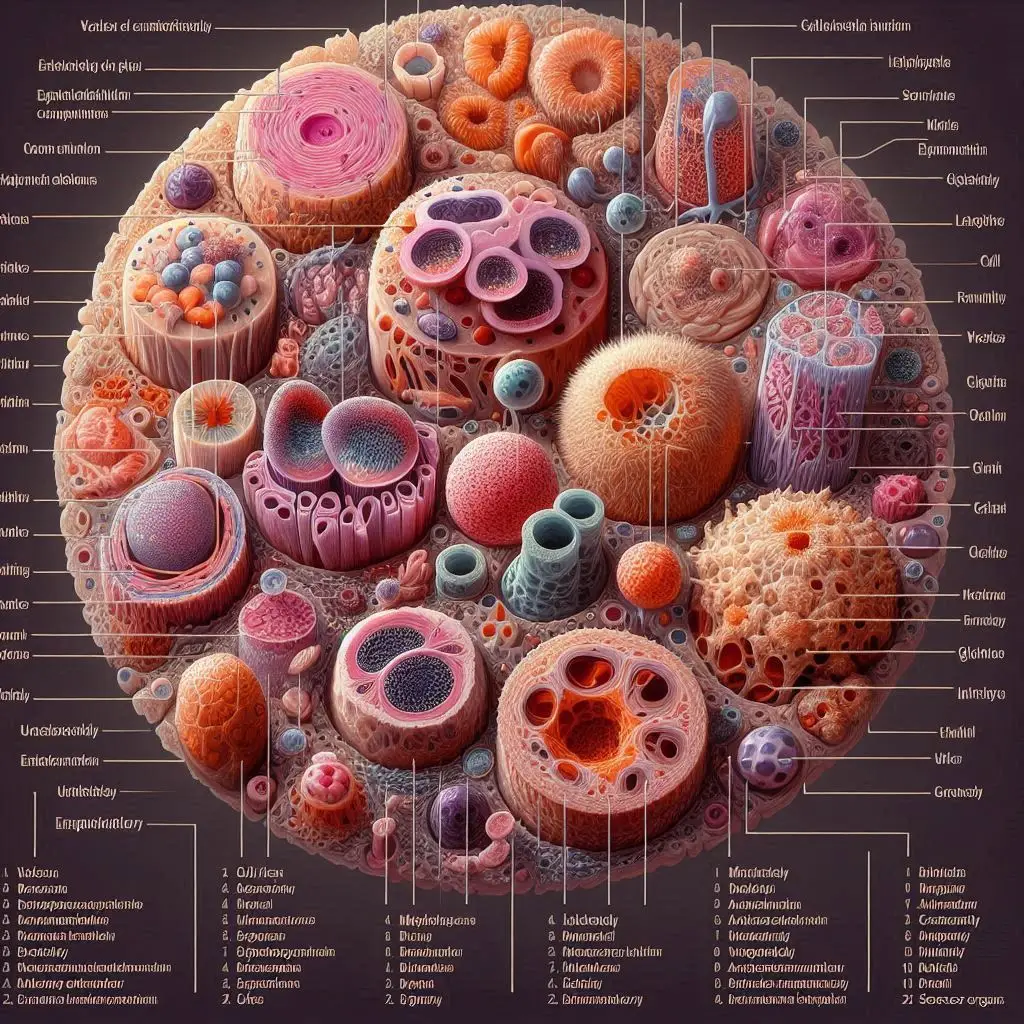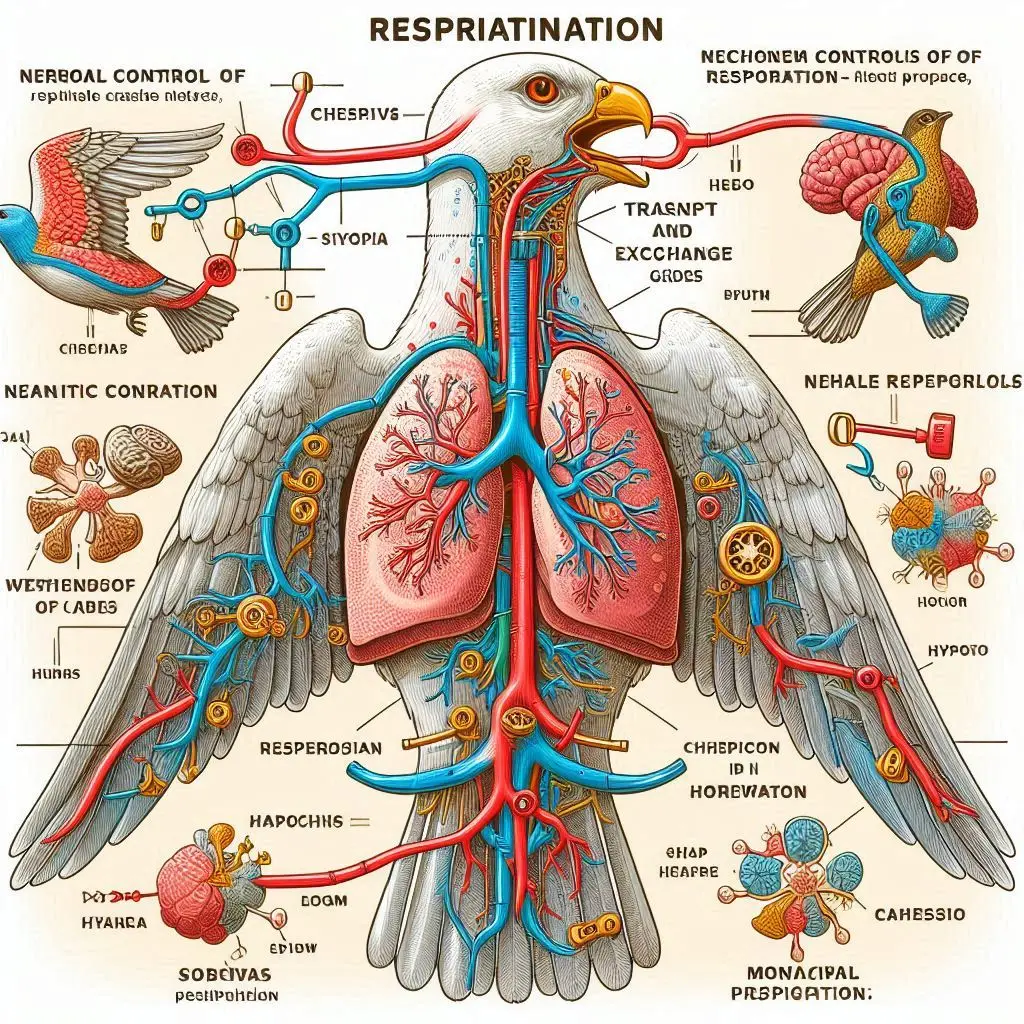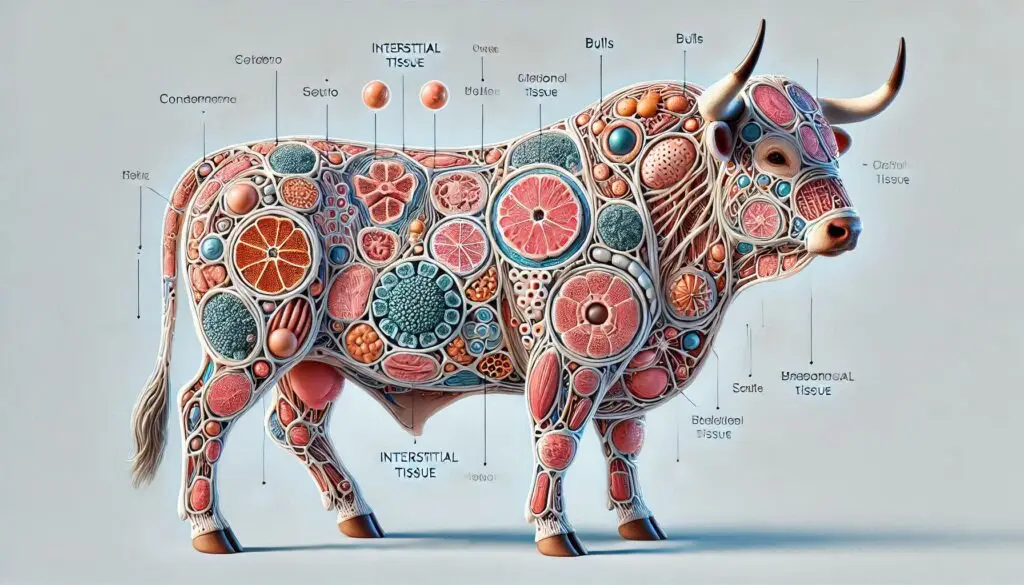Understanding Cyanogenic Glycosides in Livestock

What Are Cyanogenic Glycosides?
Cyanogenic glycosides are chemical compounds that can produce cyanide when the plant tissue is damaged. They are present in over 3,000 plant species, with around 300 known to be toxic to animals. Common sources include:
- Sorghum species (Sorghum bicolor, Sorghum halepense)
- Prunus species (cherry laurel, apricots)
- Linum species (linseeds)
These plants can produce high levels of cyanogenic glycosides under specific conditions, such as drought or frost.
How Do Cyanogenic Glycosides Affect Livestock?
When livestock consume plants containing cyanogenic glycosides, the compounds can be converted into hydrogen cyanide. This process occurs when the plant cells are damaged through chewing or wilting. The release of HCN disrupts cellular respiration by inhibiting the body’s ability to use oxygen.
Mechanism of Toxicity
- Ingestion: Animals eat the toxic plants.
- Release of HCN: Damage to plant cells releases enzymes that convert glycosides into hydrogen cyanide.
- Absorption: HCN enters the bloodstream.
- Cellular Effects: HCN binds to hemoglobin and prevents oxygen transport.
Symptoms of Cyanide Poisoning
Symptoms can appear rapidly after ingestion. Common signs include:
- Respiratory Distress: Difficulty breathing and rapid respiration.
- Neurological Signs: Muscle tremors and sialorrhea (excessive drooling).
- Cyanosis: Cherry-red coloration of blood due to oxygen retention.
- Rapid Onset of Death: Animals may die within minutes to hours.
Clinical Signs Breakdown
- Early Signs (within 1 hour):
- Increased heart rate
- Labored breathing
- Muscle twitching
- Severe Symptoms (after several hours):
- Recumbency (unable to stand)
- Coma
- Sudden death
Management Strategies for Farmers
Preventing cyanide poisoning is crucial for livestock health. Here are some effective management strategies:
Monitoring Plant Growth Conditions
- Avoid Grazing During Drought: Drought conditions increase the concentration of cyanogenic glycosides.
- Watch for Frost Damage: Frost can also elevate toxin levels in plants.
Feeding Practices
- Limit Access to Toxic Plants: Prevent livestock from grazing on known toxic species.
- Dilute Toxic Feed: If feeding hay that may contain cyanogenic plants, mix it with non-toxic feed.
Emergency Response
- Immediate Action: If poisoning is suspected, remove access to the feed immediately.
- Administer Antidotes:
- Sodium thiosulfate is commonly used as an antidote.
- Administer it intravenously for severe cases.
- Monitor Affected Animals: Keep a close watch on animals that show early signs of poisoning.
Case Studies and Recent Outbreaks
Recent outbreaks highlight the dangers posed by cyanogenic glycosides in livestock:
- In August 2022, an outbreak occurred in Northwestern Italy where 66 cattle died after grazing on Sorghum pastures during extreme heat and drought conditions.
- Farmers reported rapid onset symptoms including muscle tremors and respiratory distress.
These cases emphasize the need for vigilance during periods of environmental stress.
Conclusion
Cyanogenic glycosides pose a significant risk to livestock health, particularly cattle. Understanding their sources and symptoms is crucial for prevention and management strategies. Farmers must monitor environmental conditions closely and implement effective feeding practices to protect their herds from potential poisoning.
By staying informed about the risks associated with these compounds, farmers can take proactive steps to ensure the safety and well-being of their livestock.
For more pearls of Vets Wisdom:
https://wiseias.com/partitioning-of-food-energy-within-animals/






Responses